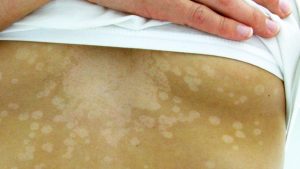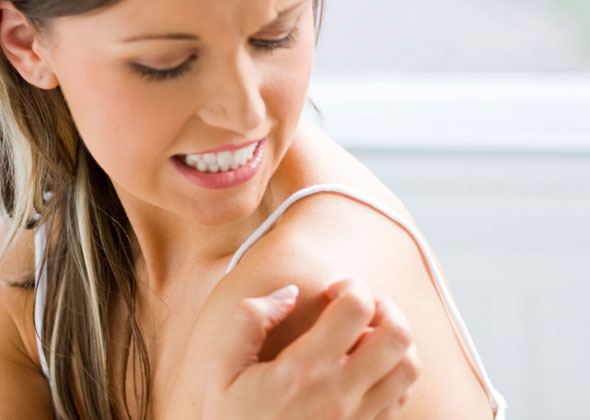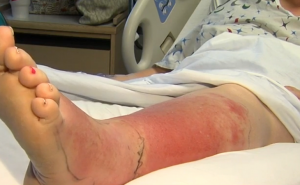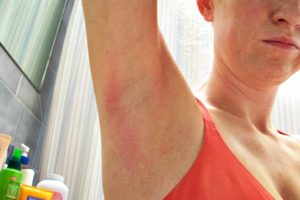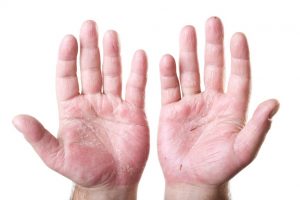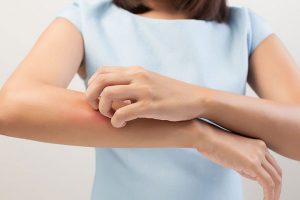Last year, 56 percent of plastic surgeons saw a rise in cosmetic procedures and injectables in clients under the age of 30.
At that age, how do you know if you are ready for these treatments? All though there is no specific age to start injectables, here are five things to look for:
1. If you have crow’s feet.
2. Do you have eyebrows that sag? Botox can lift the brows without a surgical browlift.
3. Do you have a ‘perma-frown’ or the small lines around the corner of the mouth.
4. When you see bunny lines. These are the lines around the nose that become more noticeable with smiling.
5. If your chin looks like the skin of an orange.
Please contact The Woodruff Institute for Dermatology & Cosmetic Surgery at (844) 485-0104 for more information on any of our medical or cosmetic procedures and to schedule a cosmetic consultation. We are located in Southwest Florida with offices in North Naples, Downtown Naples, Bonita Springs & Fort Myers.











